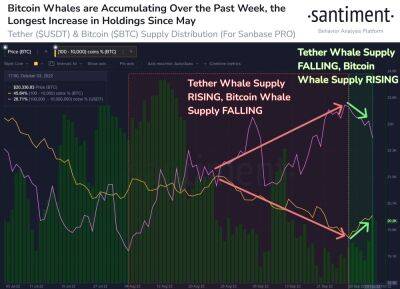US railroad workers prepare for strike as rail companies see record profits
US freight railroad workers are close to striking over claims that grueling schedules and poor working conditions have been driving employees out of the industry over the past several years.
Heated negotiations over a new union contract between railroad corporations and 150,000-member-strong labor unions have been ongoing for nearly three years. A “cooling off” period imposed by the Biden administration after it issued recommendations to settle the dispute ends on Friday. If no deal is reached, unions are threatening industrial action – the first since 1992 – and workers say they will quit an industry already facing staff shortages.
The consequences of a strike would be severe. Rail moves close to 40% of the US’s long-distance trade and a strike could cost the US economy $2bn a day, according to a recently issued Association of American Railroads report, disrupting travel, commutes and the shipment of commodities and other goods across the country.
But workers argue the industry is in crisis. Between November 2018 and December 2020, the railroad industry lost 40,000 jobs in the US, according to data from the Bureau of Labor Statistics. The US railroad industry’s workforce dropped from more than 1 million workers in the 1950s to fewer than 150,000 in 2022.
The cost-cutting has contributed to big windfalls at BNSF and Union Pacific, the two largest railroad corporations in North America, which reported record profits in 2021. BNSF is owned by billionaire investor Warren Buffett’s Berkshire Hathaway conglomerate. US railroads havepaid out $196bn in stock buybacks and dividends to shareholders since 2010.
“The job is just really becoming fewer people doing more work faster,” said Ross Grooters, a locomotive engineer for Union
Read more on theguardian.com


















![As Axie Infinity [AXS] prepares for recovery, why long bets may not be ideal - ambcrypto.com](https://finance-news.co/storage/thumbs_400/img/2022/10/7/44070_8mg.jpg)




